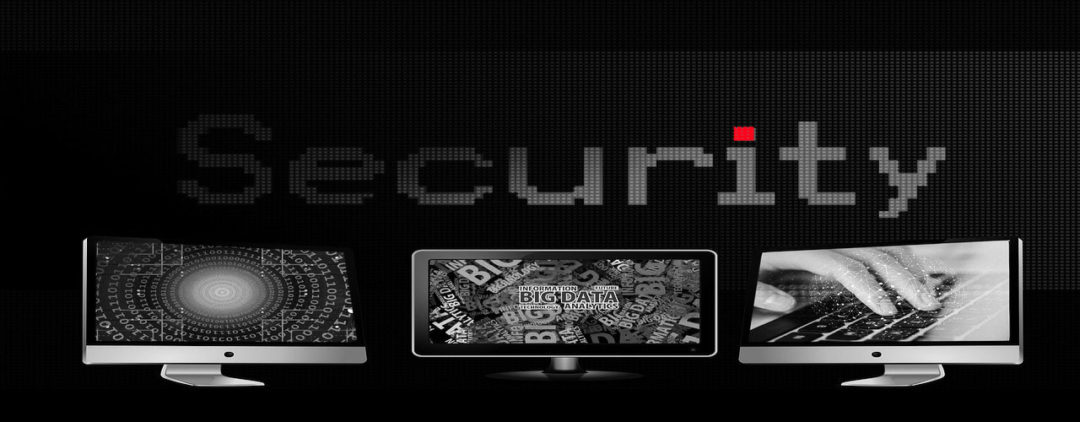Video doubt removal. As regards movable or immovable property, the law requires remote surveillance operators who receive an alarm signal to carry out an investigation before requesting the intervention of the police.
What is involved? The answers.
Identification of the alarm
A doubt removal is an operation by which a remote surveillance operator identifies the event that caused an alarm.
When this event is clearly a criminal offence (theft, intrusion) or a danger (fire, escape), the alarm operator can call the police.
However, alarm systems can also be triggered unintentionally and lead to unnecessary interventions by the police or the national gendarmerie.
In order to limit unjustified calls for help, article L.613-6 of the Code of Internal Security and the circular INTD1502555C of 26 March 2015 specify the procedures for removing doubts by remote surveillance companies.
Read also: Terrorism Training Hostages Attacks
Conditions for intervention by the Forces of Law and Order
Mandatory prior verification
Article L.613.6 of the French Internal Security Code.
Remote surveillance companies may not request the intervention of the police without having carried out a preliminary verification.
This consists of a set of verifications, by these natural or legal persons, of the materiality and concordance of the indications of the commission of a criminal act.
If the remote surveillance operator does not identify the event that causes the alarm to be triggered, his call is considered unjustified. He will then incur a penalty of 450 euros (circular INTD1502555C of 26 March 2015).
It should be noted that this rule only applies to crimes or offences concerning movable or immovable property.
It does not apply to alert messages concerning people. The police can then be called in immediately.
Read also: Cannes Prestige Security Committee
Video verification: the intervention accelerator
Receiving an alarm, whether volumetric, thermal or other, is not enough to call the police or gendarmerie.
On the other hand, the presence of unequivocal images on the video surveillance systems is considered to be an acceptable way of removing doubt.
Accelerating effect
If there are no images or if they do not reveal a “flagrant” crime, the video surveillance system operator is obliged to contact his client to verify the situation. If the client confirms an anomaly, the removal of doubt is valid in the sense of Article L.613-6.
Unreachable customer
If the customer cannot be reached or if he/she is unable to clear the doubt, the watchman must use other means to ensure that the event corresponds to criminal behaviour
Means considered acceptable by the Police
– Listening to the sounds that may be emitted in the place being monitored,
– Interaction of sounds,
– Concordance between different alarms,
– Sending a security agent to the location.
Removal of doubt agreed with the police
To increase efficiency, the Ministry of the Interior’s circular provides for the possibility of derogating from these rules. In certain areas and during certain periods, remote surveillance companies agree on the methods for removing doubt with the police and gendarmerie.
Specific sites
For example, on a specific site identified in advance: jewellery store, bank, metal storage company, supermarket, etc., the internal security forces intervene as soon as an alarm is triggered.
Exceptions
It should be noted that Article L.613-6 does not apply to urban video protection systems implemented by a municipality or a public establishment for inter-municipal cooperation (EPCI). In this context, it is not necessary to raise doubts beforehand.



